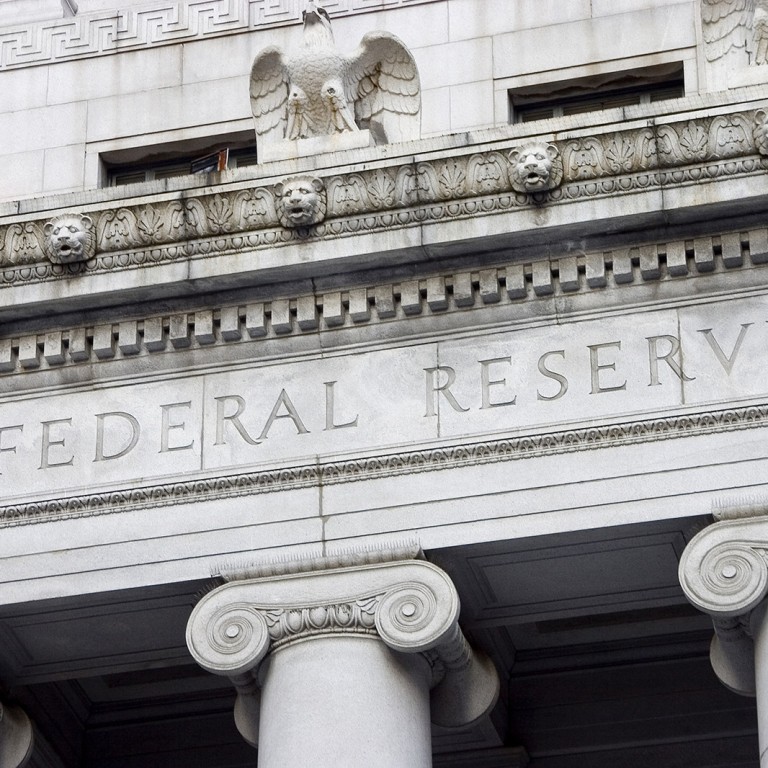
How US Federal Reserve’s tapering decision will reshape global bond markets
- What happens to Treasury yields will signal how the environment is changing and what will happen to global interest rates, credit markets and more
- If the Fed waits longer before it starts to taper its asset purchases, yields could quickly move lower
Part of the process involves hearing the views of economists and strategists at leading investment banks. We did the most recent review in early September. The range of forecasts for the 10-year Treasury yield for the next three months was anywhere between 1 per cent and 2 per cent.
Since August, the market has consolidated, with 10-year yields in a 1.20 per cent to 1.40 per cent range. Many investors still believe yields should be higher given the strength of the recovery and higher inflation.
The US Federal Reserve is expected to reduce its purchases of Treasury bonds from the current US$80 billion per month. Tapering will change the supply and demand dynamics.
How the Fed’s balancing act on tapering risks is pleasing no one
If yields rise again, there could be an impact on corporate bonds as well. The yield difference between corporate bonds and Treasuries has been low, but higher yields on risk-free government bonds might reduce the attractiveness of those bonds issued by companies.
I’m not sure that yield levels of 1.5 per cent or even 2 per cent are enough to derail the strong performance of the US and global equities.
However, higher yields would signal something less strong in the growth outlook and a modest tightening of financial conditions. Under such a scenario, it would be fair to say that the strongest returns from equity markets were behind us.
Any of these could be a threat to global investor sentiment, leading investors to reduce their exposure to risk before the end of the year. Even equity market bulls would concede that the US markets’ winning streak cannot go on indefinitely.
If the Fed decides to wait longer before it starts to taper its asset purchases, yields could move lower quite quickly. After all, in Europe and Japan, central banks are showing no sign of stepping back from their own bond-buying programmes.
Yields should be rising, given the global recovery and higher inflation. Looser fiscal and tighter monetary policies ahead should also push long-term interest rates higher. For now, though, the market is not buying that scenario.
The pain trade for many investors in the last quarter of 2021 could again be a rally in global bonds. My own view is that 1 per cent is more likely than 2 per cent.
Chris Iggo is the chief investment officer for core investments with AXA Investment Managers

